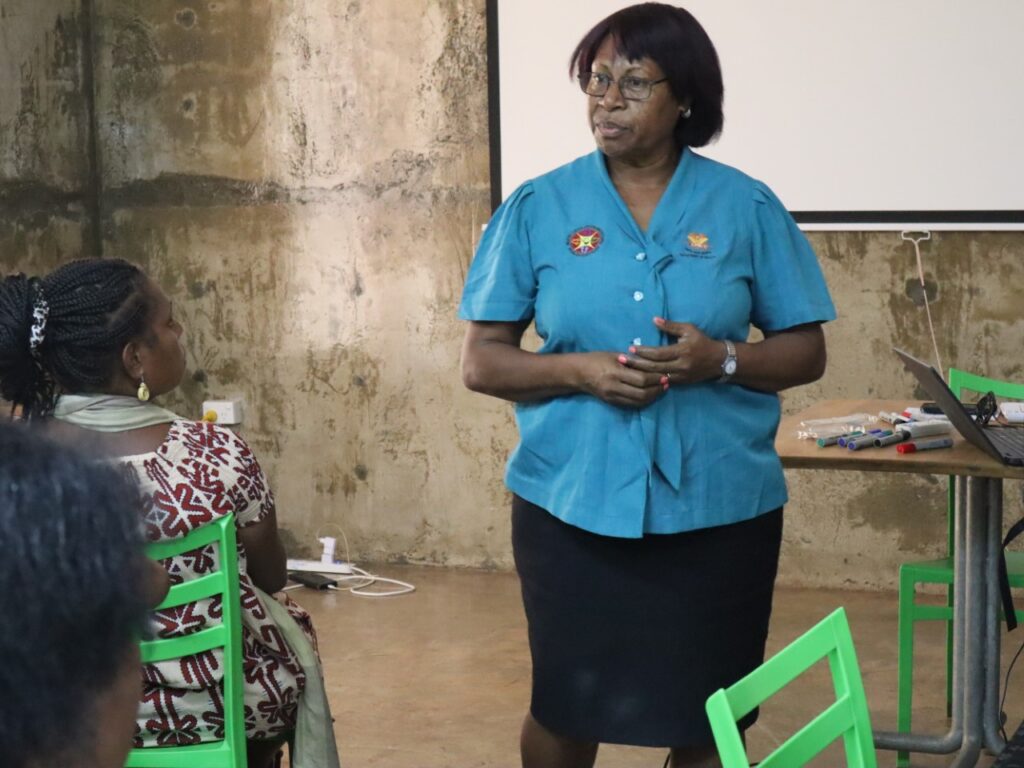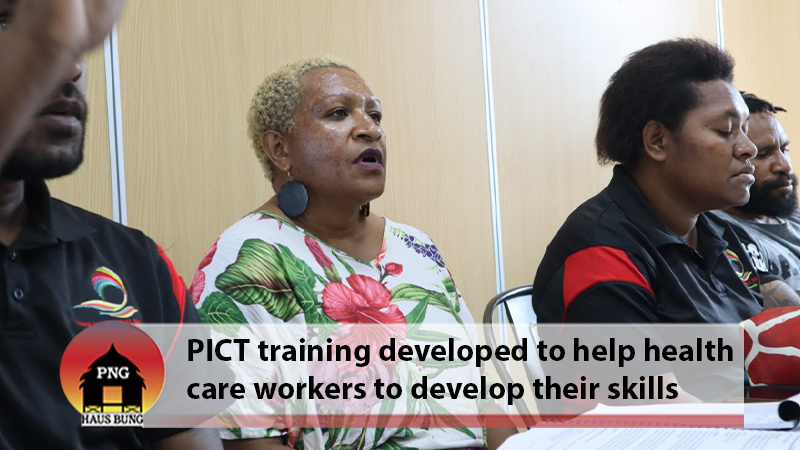Papua New Guinea’s HIV prevalence is on the rise, but unless it increases its testing it will be difficult to know the real situation.
According to the National Department of Health technical officer, HIV counselling and testing, Mary Daniel, there were less tests done in the past five years which is of concern to NDoH.
Starting on Monday this week, Mrs Daniel is co-facilitating a two-week HIV counselling training for 22 HIV counsellors and clinicians.
The training is held at Tuhava, outside Port Moresby, and is on the Provider Initiated Counselling and Testing (PICT), one of the three models of counselling that are used in the country. The PICT training was developed to help health care workers to develop their skills and competency in HIV counselling and testing.
She said all the three models – Voluntary Counselling and Testing (VCT), PICT and community outreach – are being executed to increase testing in the country.

The 22 participants are HIV counsellors and clinicians and work with different health facilities in the National Capital District. Three of the facilities represented have not begun HIV counselling and testing yet, but will be after this training. Among them are also support workers with the TB program.
At the VCT, the client initiates a test – contrary to PICT. This training emphasizes the need for HIV counsellors and health workers to initiate the test, so that the patient that comes to seek help at the health facility does not go away without knowing his HIV status.
“It’s their right to know their status. Invite them to go for a test,’’ she said. Those who test HIV positive are immediately put on antiretroviral therapy which has seen many people, including professionals living normal lives. Babies being born to mums with HIV that are put on ART have high chance of being negative.
The PICT training has been organized by the National Department of Health with support from the World Vision and Global Fund.
“In the last five years, we had less tests done so it is a concern,’’ she said. The country is far from reaching the Global target of 95-95-95 (The Global target is to have 95 per cent of the country’s population know their HIV status; 95 per cent of those with HIV are put on treatment; and 95 per cent of those on treatment should check to ensure their viral load is suppressed).
Mrs Daniel said one of the reasons why people are not coming for tests is because of self-stigma and discrimination, especially the male.
“They are scared of coming out or because they know their behaviour or of cultural norms. Cultural norms contribute to people not coming out for testing,’’ she said.
“Women are more free to come out for testing unlike men.’’
She said the Key Population, including sex workers, people living with HIV and transgender people, is also of concern. They are being targeted in this training to help with the lost-to-follow-up cases through the community outreach counselling and testing program. At the same time, however, they need help and health workers need to ensure they are providing friendlier health services for them to access as well.
One of the sessions in the training has highlighted that there are attitudes and beliefs that might assist or get in the way of health care workers providing quality PICT.

